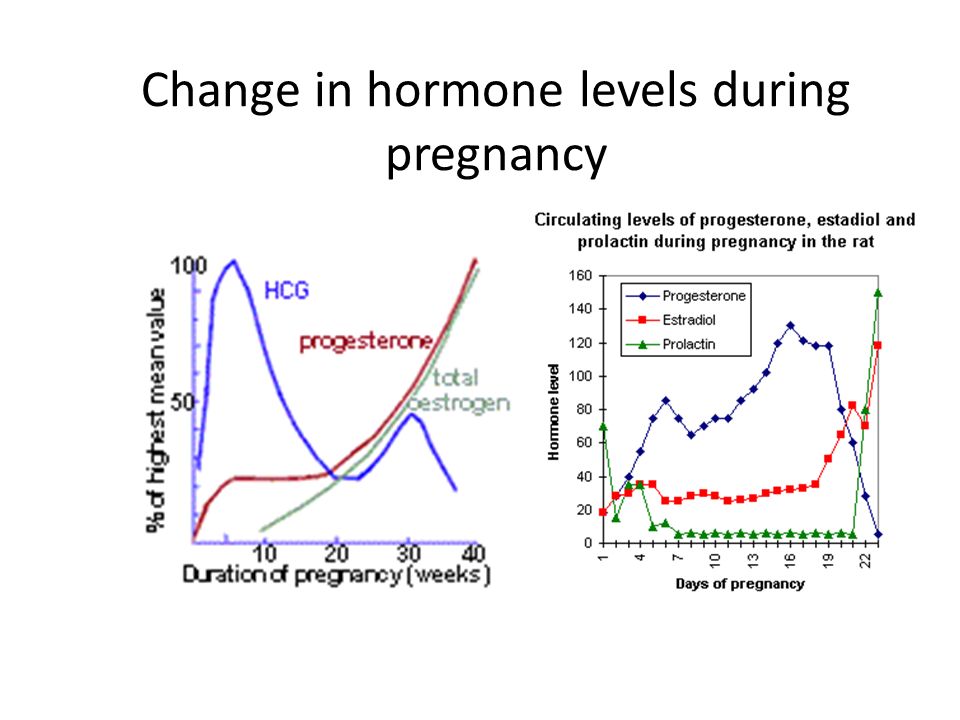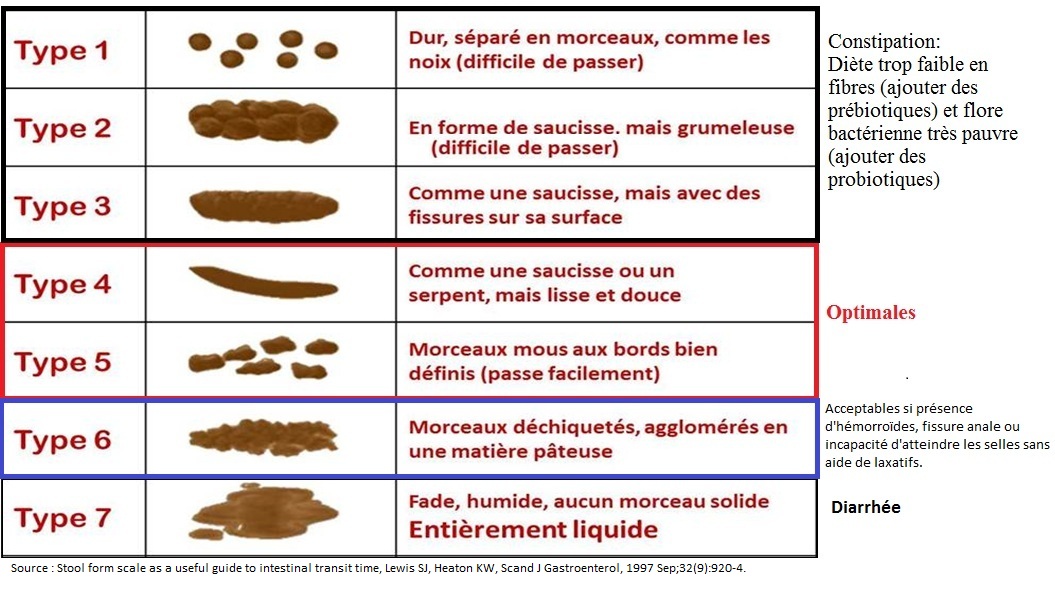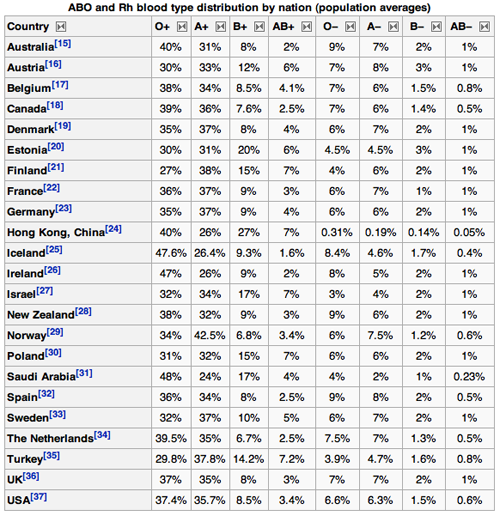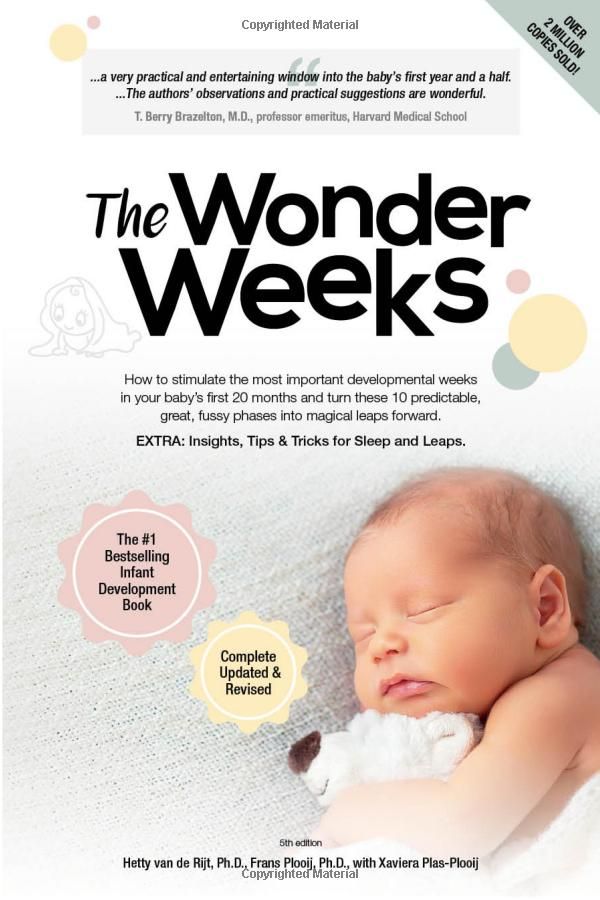Changes in pregnancy
Changes During Pregnancy | ACOG
Download PDF
Month 1 to 2
Weeks 1 to 8
[Image of an embryo in a uterus during the first or second month of pregnancy]
-
The egg is fertilized by sperm and a growing ball of cells called the blastocyst implants in the uterus.
-
Week 5 begins the embryo stage of development.
-
The brain and spine begin to form, followed by the neural tube.
-
Cardiac tissue starts to develop.
-
Parts of the face take shape and the inner ear begins to develop.
-
Arm and leg buds appear, and then webbed fingers and toes emerge.
-
The long tube that will become the digestive tract takes shape.
By the end of week 8, the embryo is about half an inch long.
Month 3
Weeks 9 to 12
[Image of a fetus in a uterus during the third month of pregnancy]
-
Cartilage for the limbs, hands, and feet is forming but won’t harden into bones for a few weeks.
-
Eyelids form but remain closed.
-
The head develops a rounded shape.
-
Week 11 begins the fetus stage of development.
-
The fetus makes breathing-like movements and swallows amniotic fluid.
-
The kidneys are making urine, the pancreas is making insulin, and fingernails have formed.
By the end of week 12, the fetus is about 2 inches long and weighs about half an ounce.
Month 4
Weeks 13 to 16
[Image of a fetus in a uterus during the fourth month of pregnancy]
-
By week 13, all major organs have formed and will continue to develop.
-
Bones are hardening, especially the long bones.
-
The skin is thin and see-through but will start to thicken soon.
-
At week 14, the neck is defined, and the lower limbs are developed.
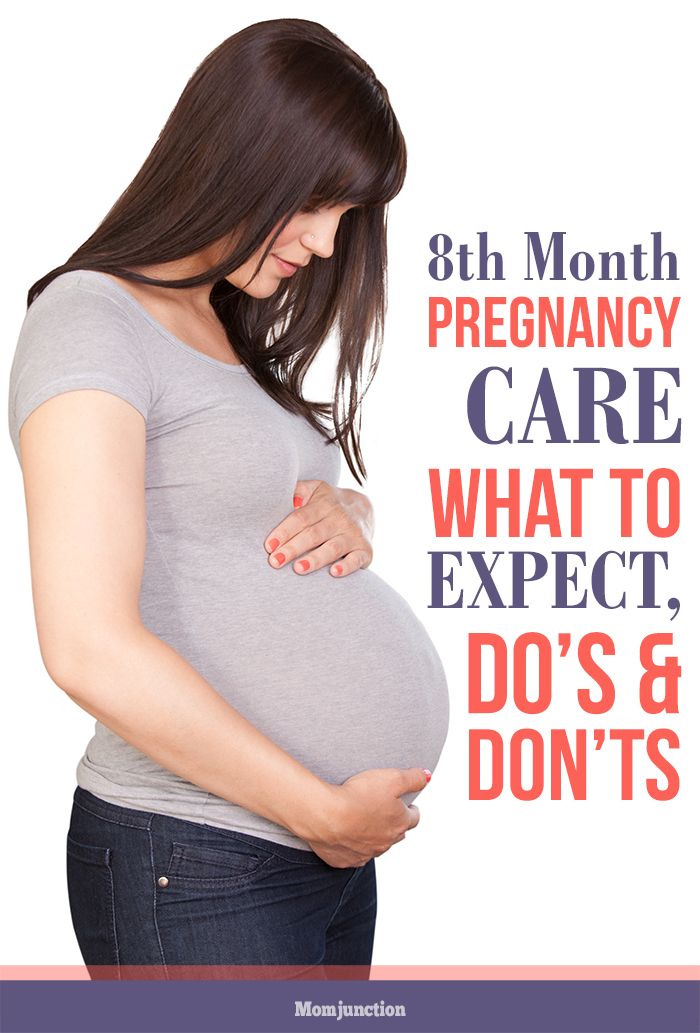
-
The fetus’s hearing begins to develop.
-
The lungs begin to form tissue that will allow them to exchange oxygen and carbon dioxide after birth.
-
Limb movements become more coordinated.
By the end of week 16, the fetus is more than 4 inches long and weighs more than 3 ounces.
Month 5
Weeks 17 to 20
[Image of a fetus in a uterus during the fifth month of pregnancy]
-
The fetus is more active now, and cardiac activity may be seen on an ultrasound exam.
-
At week 18, the fetus can hear sounds.
-
The part of the brain that controls motor movements is fully formed.
-
The digestive system is working.
-
At week 19, the ears, nose, and lips may be recognizable on an ultrasound exam.
-
Soft, downy hair called lanugo is starting to form all over the body.
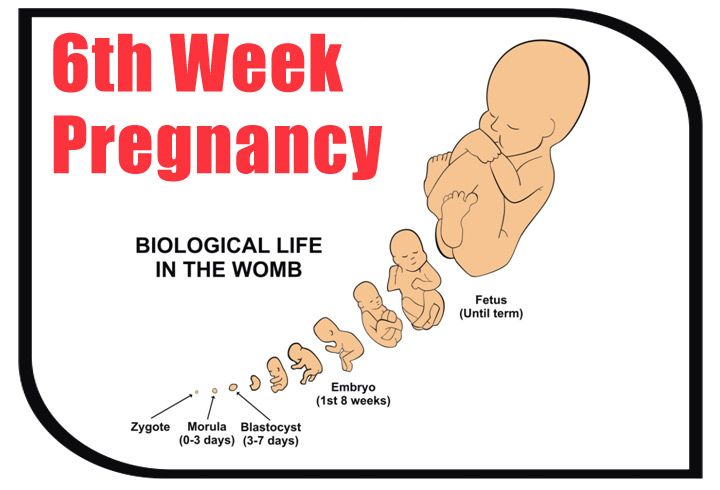
By the end of week 20, the fetus is more than 6 inches long and weighs less than 11 ounces.
Month 6
Weeks 21 to 24
[Image of a fetus in a uterus during the sixth month of pregnancy]
-
The fetus’s kicks and turns are stronger now.
-
If the hand floats to the mouth, the fetus may suck its thumb.
-
Eyebrows are visible.
-
At week 23, most of the fetus’s sleep time is spent in rapid eye movement (REM) sleep.
-
Ridges are forming in the hands and feet that later will be fingerprints and footprints.
-
The lungs continue to develop.
By the end of week 24, the fetus is about 12 inches long and weighs about 1½ pounds.
Month 7
Weeks 25 to 28
[Image of a fetus in a uterus during the seventh month of pregnancy]
-
The fetus can respond with movement to familiar sounds, such as your voice.

-
The lungs are now fully formed but not yet ready to function outside the uterus.
-
Loud sounds may make the fetus respond by pulling in arms and legs.
-
The lungs begin making surfactant, a substance needed for breathing after birth.
-
At 27 weeks, more fat is being added to keep the fetus warm.
-
A greasy material called vernix has started to develop. Vernix acts as a waterproof barrier that protects the skin.
By the end of week 28, the fetus is nearly 15 inches long and weighs about 2½ pounds.
Month 8
Weeks 29 to 32
[Image of a fetus in a uterus during the eighth month of pregnancy]
-
The fetus can stretch, kick, and make grasping motions.
-
The eyes can open and close and sense changes in light.
-
The bone marrow is forming red blood cells.
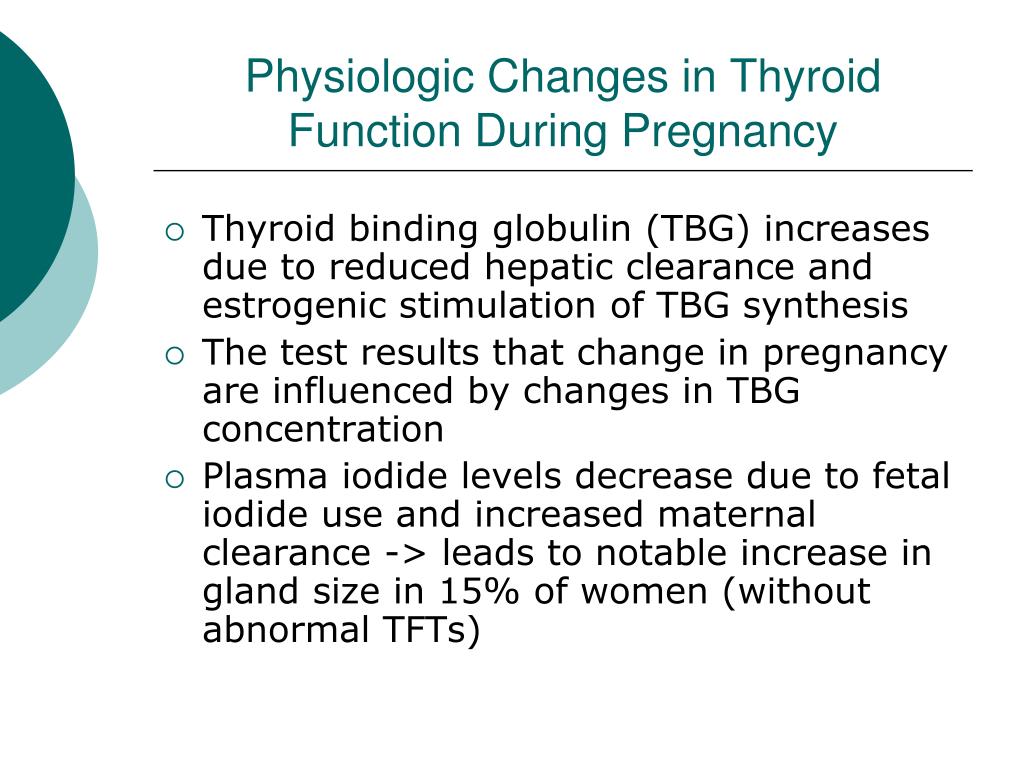
-
At week 31, major development is finished, and the fetus is gaining weight very quickly.
-
In boys, the testicles have begun to descend into the scrotum.
-
At week 32, the fine hair that covered the fetus's body (lanugo) begins to disappear.
By the end of week 32, the fetus is almost 17 inches long and weighs a little more than 4 pounds.
Month 9
Weeks 33 to 36
[Image of a fetus in a uterus during the ninth month of pregnancy]
-
The brain is growing and developing rapidly.
-
The bones harden, but the skull remains soft and flexible.
-
More fat is forming under the skin.
-
The fingernails have grown to the ends of the fingers.
-
During week 36 or 37, most fetuses turn to a head-down position for birth.
By the end of week 36, the fetus is about 18 inches long and weighs a little more than 6 pounds.
Month 10
Weeks 37 to 40
[Image of a fetus in a uterus during the tenth month of pregnancy]
-
The lungs, brain, and nervous system continue to develop.
-
The circulatory system is complete, and so is the musculoskeletal system.
-
The fetus is taking up a lot of space in the amniotic sac and you should continue to feel movement.
-
By now, the fetus’s head may have dropped lower into position in your pelvis.
By the end of week 40, the fetus is 20 inches long and may weigh 7½ to 8 pounds.
How the Uterus Grows During Pregnancy
The size of your uterus can help show how long you have been pregnant. The uterus fits inside the pelvis until week 12. By week 36, the top of the uterus is under your rib cage.
[A pregnant woman is shown with dotted lines on her abdomen to mark how the uterus grows during pregnancy. Each line marks four weeks of pregnancy, from week 12 to week 40. The lines move from the bottom of her abdomen to the top of her abdomen.]
The lines move from the bottom of her abdomen to the top of her abdomen.]
Changes In Your Body
The First Trimester
-
Your period stops.
-
Your breasts may become larger and more tender.
-
Your nipples may stick out more.
-
You may need to urinate more often.
-
You may feel very tired.
-
You may feel nauseated and may vomit.
-
You may crave certain foods or lose your appetite.
-
You may have heartburn or indigestion.
-
You may feel bloated and have excess gas.
-
You may be constipated.
-
You may gain or lose a few pounds.
The Second Trimester
-
Your appetite increases and nausea and fatigue may ease.
-
Your abdomen begins to expand.
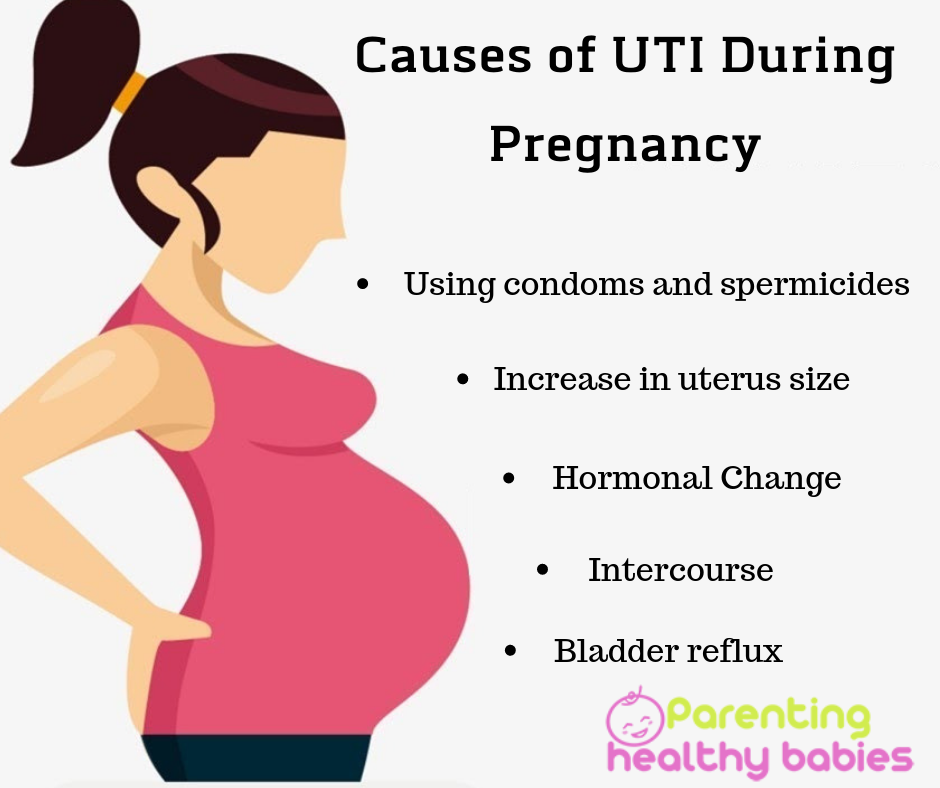 By the end of this trimester, the top of your uterus will be near your rib cage.
By the end of this trimester, the top of your uterus will be near your rib cage. -
You will begin to feel the fetus move.
-
The skin on your abdomen stretches and may feel tight and itchy. You may see stretch marks.
-
Your abdomen may ache on one side or the other as the ligaments that support your uterus are stretched.
-
You may get brown patches, called the “mask of pregnancy,” on your face.
-
Your areolas, the darker skin around your nipples, may darken.
-
Your feet and ankles may swell.
The Third Trimester
-
You can feel the fetus's movements strongly.
-
You may be short of breath.
-
You may need to urinate more often as the fetus drops and puts extra pressure on your bladder.
-
Colostrum—a yellow, watery premilk—may leak from your nipples.
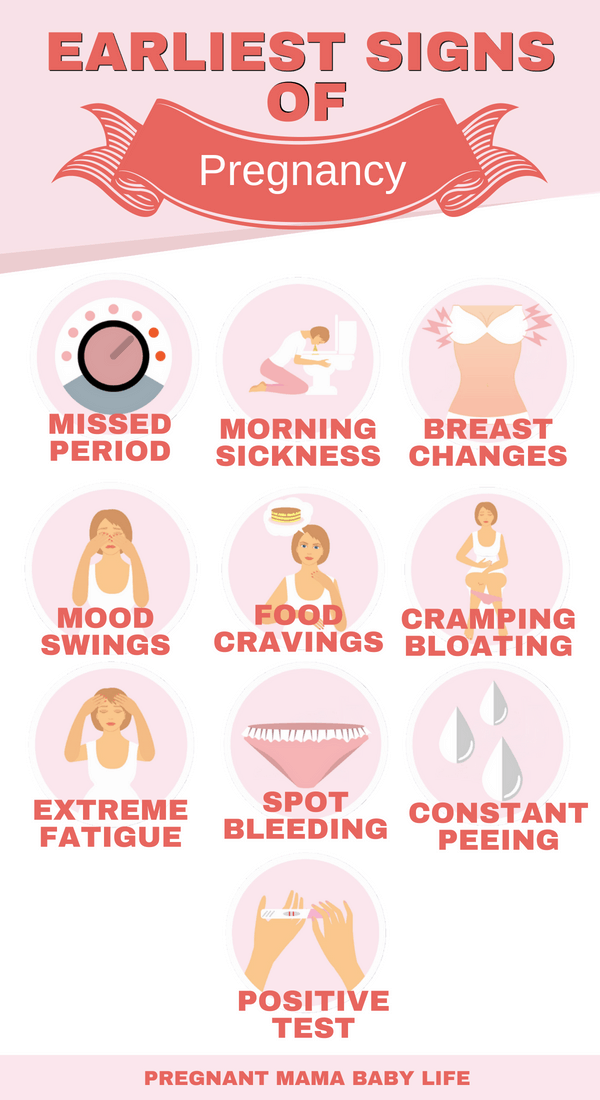
-
Your navel may stick out.
-
You may have contractions (abdominal tightening or pain). These can signal false or real labor.
PFSI026: This information is designed as an educational aid to patients and sets forth current information and opinions related to women’s health. It is not intended as a statement of the standard of care, nor does it comprise all proper treatments or methods of care. It is not a substitute for a treating clinician’s independent professional judgment. For ACOG’s complete disclaimer, visit www.acog.org/WomensHealth-Disclaimer.
Copyright October 2020 by the American College of Obstetricians and Gynecologists. All rights reserved. No part of this publication may be reproduced, stored in a retrieval system, posted on the internet, or transmitted, in any form or by any means, electronic, mechanical, photocopying, recording, or otherwise, without prior written permission from the publisher.
[ACOG logo]
Pregnancy stages and changes - Better Health Channel
Actions for this page
Summary
Read the full fact sheet- Your body changes during pregnancy. You may love some changes and feel uncomfortable with others.
- You may experience of a lot of physical changes during pregnancy, or only a few.
- You will probably have emotional ups and downs during pregnancy.
- If you have depression or a mental illness during pregnancy, you need specialist care and treatment.
- Some physical and emotional experiences are common to a particular trimester (stage) of pregnancy.
If you are pregnant, your body is experiencing major change. From symptoms that you might expect, to ones that are completely out of the blue, every woman will have a different pregnancy experience.
It’s helpful to have an idea of how your body may react to the different stages of pregnancy. It also helps to know how pregnancy may affect your emotions and feelings.
Changes to your body that may indicate pregnancy
You may first realise that you’re pregnant when you miss your period. That’s a good time to take a pregnancy test or speak with your doctor.
In early pregnancy, you may experience some (or all, or even none) of the following symptoms:
- aches and pains (possibly in your lower abdomen and in your joints)
- morning sickness, which may be nausea or actual vomiting, and does not just happen in the morning
- constipation
- food cravings and aversions
- heartburn and indigestion
- a need to urinate more often
- back pain
- tiredness
- vaginal thrush
- skin changes and itching, and possibly skin tags
- haemorrhoids (also known as piles)
- leg cramps
- restless legs (leg twitching at night)
- varicose vein
- swelling in your ankles, feet and hands
- dizziness or fainting
- fatigue, or lack of energy
- nasal problems, or shortness of breath
- larger, tender breasts.

Better Health Channel has more information about these pregnancy symptoms.
If any of the symptoms become difficult to manage, talk to your doctor about what to do. In particular, if any morning sickness, aches and pains, dizziness or breathing difficulties make it hard to get through your normal day, ask for advice.
More about morning sickness
The first thing to know about morning sickness is that it can hit you at any time of day.
Probably a result of your changing hormones, it usually starts about week six and settles by week 14. The good news is that you may feel better if you:
- drink small amounts of fluid, often. Try flat lemonade, sports drinks, diluted fruit juice, weak tea, clear soup or a hot drink make of stock
- suck on ice or ice-blocks (if you can’t keep down other fluids)
- try ginger tablets, dry ginger ale or ginger tea
- eat small amounts of food more often, so you don’t have an empty stomach
- eat a dry biscuit when you wake up in the morning, to avoid feeling sick when you get out of bed
- try salty foods such as potato crisps or salty biscuits
- suck on barley sugar or boiled lollies
- avoid fatty, rich or spicy foods
- avoid the smell of hot food
- avoid cooking dishes with strong smells
- rest as much as you can.
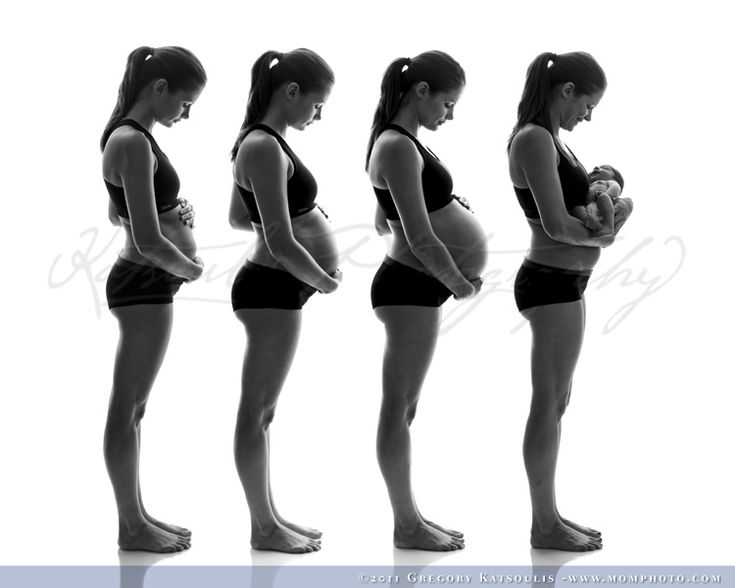
A small percentage of women have prolonged and excessive vomiting (called hyperemesis), which can lead to dehydration if it is not treated. See your doctor if you have severe morning sickness.
In some extreme cases, women need to be rehydrated in hospital, using intravenous fluids.
Pregnancy stages
We talk about three stages of pregnancy: first trimester, second trimester and third trimester. Some physical and emotional experiences are more common in each of these trimesters.
First trimester
In the first trimester:
- You feel really tired and possibly nauseous.
- You gain 1 or 2 kilograms, or maybe less if you have morning sickness. Most of this weight is in the placenta (which feeds your baby), your breasts, your uterus and extra blood.
- Your heartbeat and breathing rate are faster.
- Your breasts become tender, larger and heavier.
- Your growing uterus puts pressure on your bladder, so you feel like you need to urinate a lot.

- You may feel swinging moods.
- You know exactly how you feel about having a baby, or you have no idea how to feel!
Second trimester
In the second trimester:
- You start to feel better, with less fatigue, morning sickness and moodiness.
- You may feel your mind is wandering and not focused at work or at home.
- You gain about 6 kilograms.
- You may feel anxious about tests (including an ultrasound) done at this stage. But, if they find any health issues, these tests will ensure you and your baby receive the right care.
- Your hair may become thicker and your fingernails may become stronger. Or, your nails may be softer and break more easily.
- You may crave some foods, such as sweet, spicy or fatty foods.
- You may not like the taste or smell of some foods.
Third trimester
In the third trimester:
- Forgetfulness may continue.
- You feel tired and probably uncomfortable.
- You may be annoyed by the discomfort.
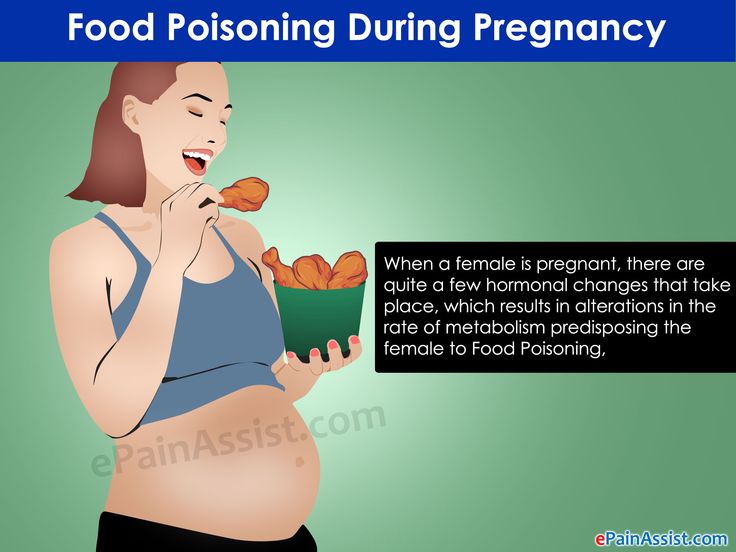
- You may start to worry about labour as it nears.
- You probably gain about five kilograms. Much of this weight is your baby, but also amniotic fluid, the placenta, your breasts, your blood and your uterus.
- You may have back pain.
- You may find it hard to sleep because you are uncomfortable.
- The baby may be placing pressure on your lungs, making it harder to breathe.
- You may feel Braxton Hicks contractions (tightening of the muscles of the uterus). They do not mean labour is starting.
Your feelings and emotions during pregnancy
During pregnancy you will probably feel many ups and downs. You may experience some or all of these emotions (and they may change quickly):
- surprise – if your pregnancy is unexpected. You may then feel joy (if you welcome the pregnancy) or fear (if you are unsure about the change to your life) or both
- happiness, particularly if you have been trying to have baby and you feel well
- anger, which can result from your body’s hormonal changes, from a sense of being vulnerable, or from pregnancy symptoms that are uncomfortable or painful
- fear for the baby’s health, if you have concerns about your baby having an illness or disability.
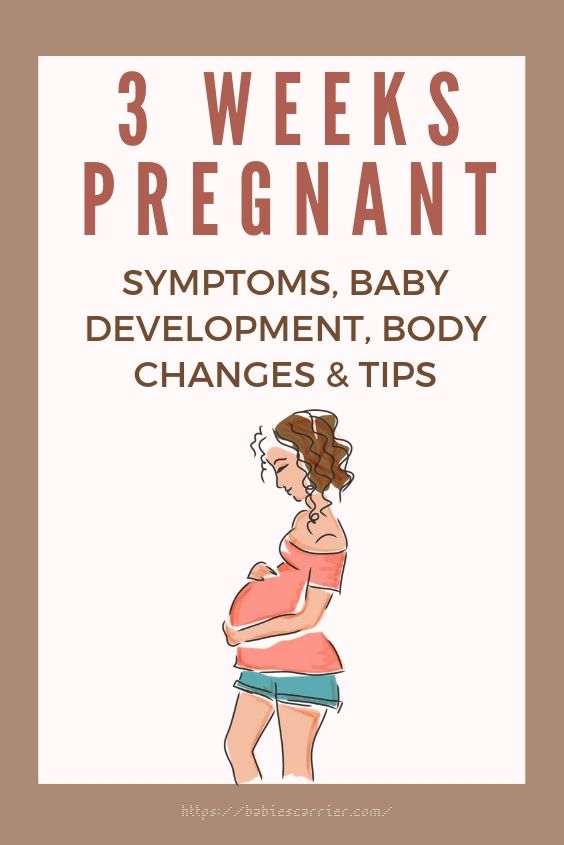 If you are worried about a particular risk, talk to your midwife or doctor
If you are worried about a particular risk, talk to your midwife or doctor - fear of birth, which is a recognised psychological disorder. Counselling and talking with your midwife or doctor can help you overcome this fear
- love for your baby, your partner and your family
- sadness or disappointment if you have illness or complications during your pregnancy, or you can’t have the birth plan that you would prefer
- general sadness about the world, whereby you find it hard to watch the news or hear sad stories about children or families
- grief, if you suffer a miscarriage, a loss at a later stage of pregnancy, or a stillbirth
- prolonged sadness from perinatal depression. In this case, you will need the help of health specialists.
Mood swings during pregnancy
The hormones changing in your body mean you will probably have heightened emotions, both positive and negative. And you will probably swing between these emotions.
While you may be overjoyed about having a baby, you may also be stressed and overwhelmed.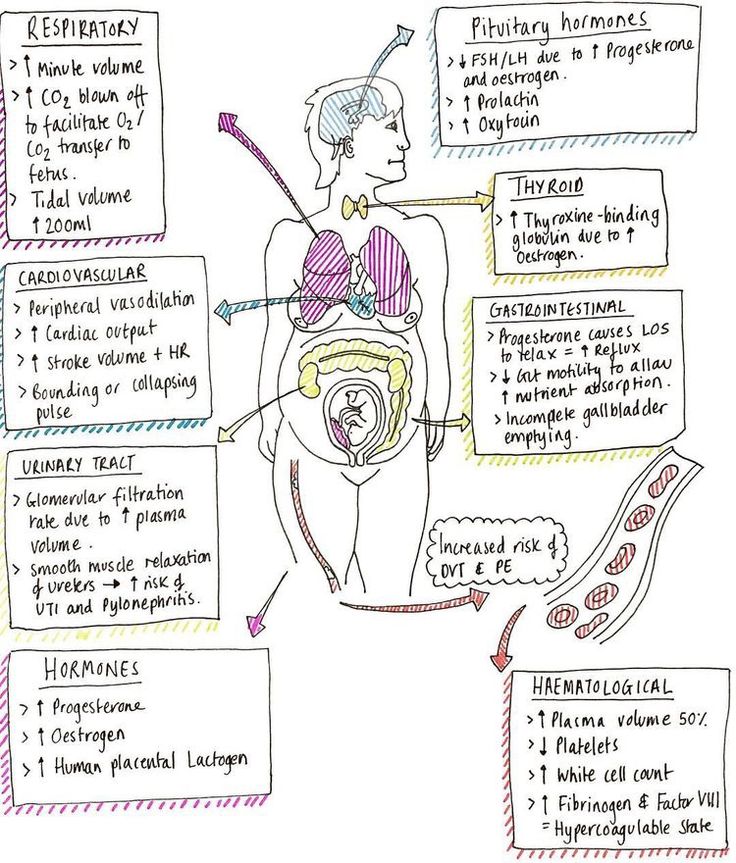 You may feel worried about whether:
You may feel worried about whether:
- your baby will affect your relationship with your partner
- you will cope financially
- you will be able to juggle work and parenting
- you will be a good mother
- the baby will be healthy
- your other children will accept and love the new baby.
You may also feel unimpressed with your changing body. You may be worried about putting on too much weight, or not enough. Or not being able to do the physical activity that you usually do. Or not looking attractive to your partner.
Add the hormone-induced fatigue, forgetfulness and moodiness, and you may feel completely out of control. This is all common.
Depression during pregnancy
About 15 per cent of women will have depression or anxiety during pregnancy. And even more will suffer from these conditions after giving birth.
Many women don’t seek help because they feel embarrassed or guilty about feeling so awful when are they are supposed to be happy.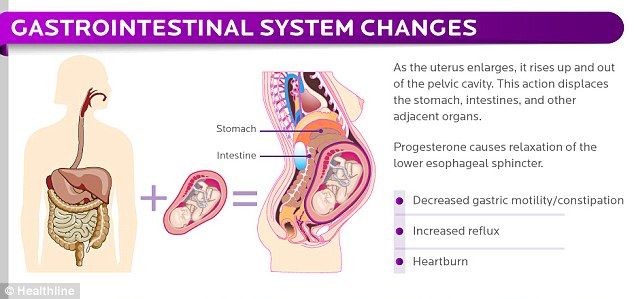 But depression is not something that you can control in this way.
But depression is not something that you can control in this way.
Because an untreated mental illness can have long term effects on your health and wellbeing, and on your baby too, getting the right treatment is vital. Talk to your doctor if you are:
- depressed or miserable for most of the day and on most days
- annoyed, angry or anxious a lot of the time
- crying a lot (and not always for a reason)
- losing interest in activities that you usually like
- struggling to sleep (even when your baby is sleeping), or sleeping more than usual
- under- or over-eating
- feeling tired most the time
- not able to concentrate
- preoccupied or anxious about things going wrong with your pregnancy, you, your baby or your partner
- feeling that you have not bonded with your baby, or that you have no maternal feelings
- feeling guilty, or feeling that you are failing as a mother
- thinking about harming yourself
- thinking it would be better if you or your baby were dead
- thinking about suicide.

Remember, tell someone if you feel depressed, because early treatment is the best treatment.
Plenty of safe and effective treatments are available for depression during pregnancy and while breastfeeding. But herbal and complementary treatments such as St John’s wort may not be safe in pregnancy.
Anxiety during pregnancy
You may be feeling quite anxious about your pregnancy and about being a parent. Many pregnant women feel some anxiety, but a few develop an anxiety disorder that needs treatment.
Symptoms of an anxiety disorder include:
- constant worry, stress or nervousness
- muscle tension and teeth clenching
- not ever feeling calm
- not being able to sleep well or for long
- panic attacks.
Other serious issues during pregnancy
Some pregnant women develop mental illnesses that are a significant risk to both them and their child. Other women may already have a mental illness that is more difficult to manage during pregnancy.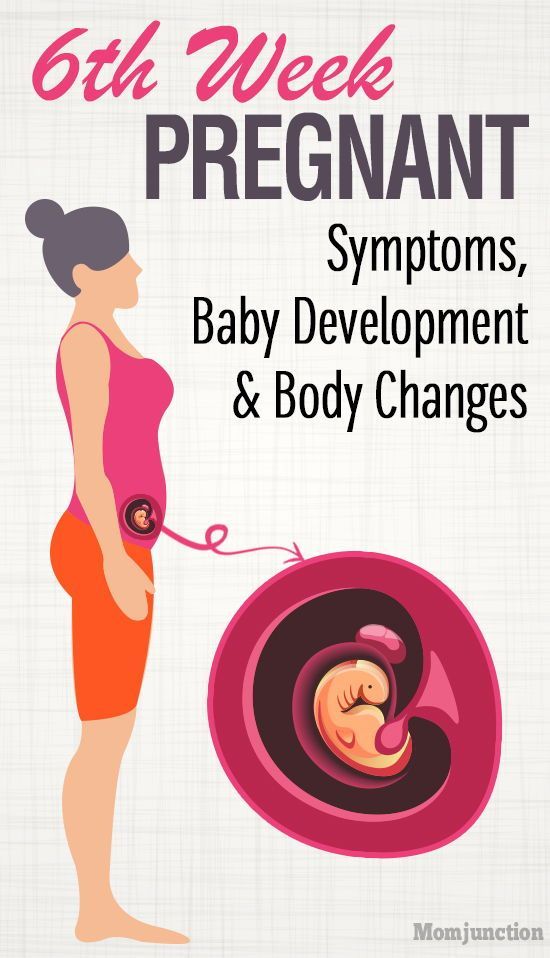
In particular, specialist health care is needed for pregnant women with:
- bipolar disorder (of which pregnancy may trigger the first episode), with manic highs and depression lows
- schizophrenia
- eating disorders, including anorexia nervosa and bulimia nervosa. The risks include a loss of nutrition for your baby, an increased risk of miscarriage, and anaemia.
Where to get help
- Your GP (doctor)
- Midwife
- Obstetrician
- PANDA (Perinatal Anxiety and Depression Australia) Tel. 1300 726 306
- Lifeline Tel. 13 11 14 for crisis support and suicide prevention
- beyondblue Tel. 1300 22 4636
- Common concerns in early pregnancy, Royal Women’s Hospital, Victoria, Australia.
- Mental health and pregnancy, Royal Women’s Hospital, Victoria, Australia.
- Pregnancy: the first 3 months – the first trimester, Women’s and Children’s Health Network, Government of South Australia.
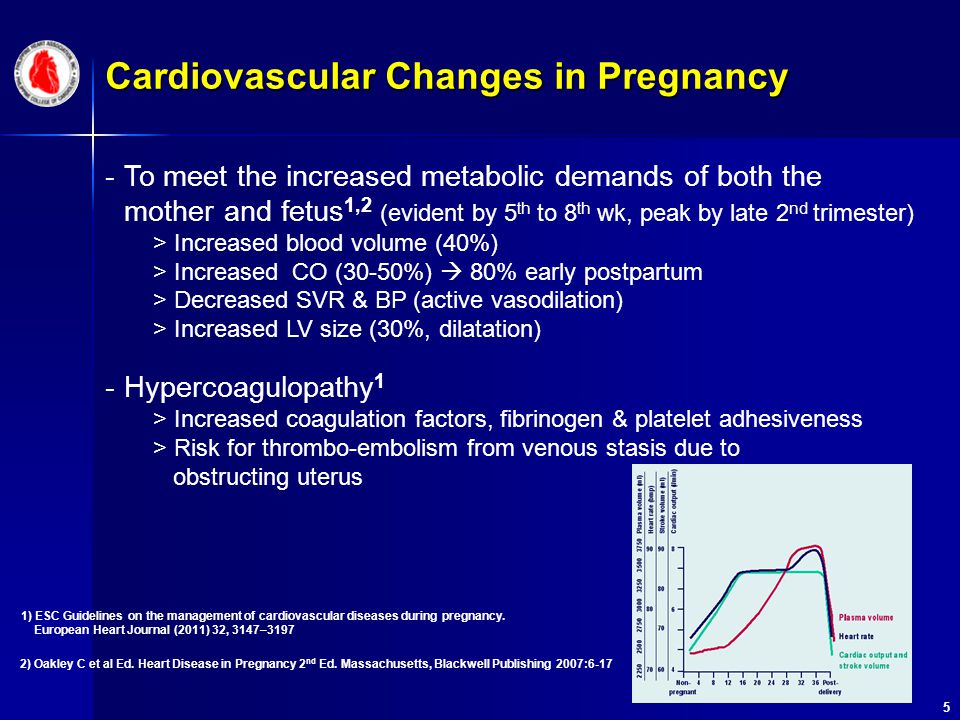
- Pregnancy: the second 3 months – the second trimester, Women’s and Children’s Health Network, Government of South Australia.
- Pregnancy: the last 3 months – the third trimester, Women’s and Children’s Health Network, Government of South Australia.
- Emotions during pregnancy, National Childbirth Trust, UK.
- First trimester of pregnancy, 2016, WebMD, USA.
This page has been produced in consultation with and approved by:
This page has been produced in consultation with and approved by:
Give feedback about this page
Was this page helpful?
More information
Content disclaimer
Content on this website is provided for information purposes only. Information about a therapy, service, product or treatment does not in any way endorse or support such therapy, service, product or treatment and is not intended to replace advice from your doctor or other registered health professional.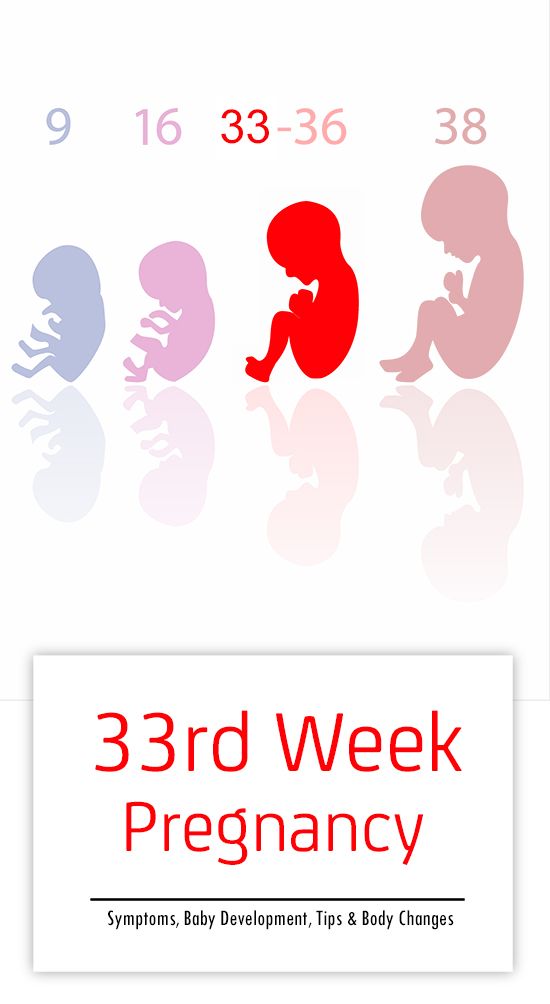 The information and materials contained on this website are not intended to constitute a comprehensive guide concerning all aspects of the therapy, product or treatment described on the website. All users are urged to always seek advice from a registered health care professional for diagnosis and answers to their medical questions and to ascertain whether the particular therapy, service, product or treatment described on the website is suitable in their circumstances. The State of Victoria and the Department of Health shall not bear any liability for reliance by any user on the materials contained on this website.
The information and materials contained on this website are not intended to constitute a comprehensive guide concerning all aspects of the therapy, product or treatment described on the website. All users are urged to always seek advice from a registered health care professional for diagnosis and answers to their medical questions and to ascertain whether the particular therapy, service, product or treatment described on the website is suitable in their circumstances. The State of Victoria and the Department of Health shall not bear any liability for reliance by any user on the materials contained on this website.
Reviewed on: 25-05-2018
Physiological changes in the body during pregnancy
From the very first days of pregnancy, a woman's body undergoes profound transformations. These transformations are the result of the coordinated work of almost all body systems, as well as the result of the interaction of the mother's body with the child's body. During pregnancy, many internal organs undergo significant restructuring.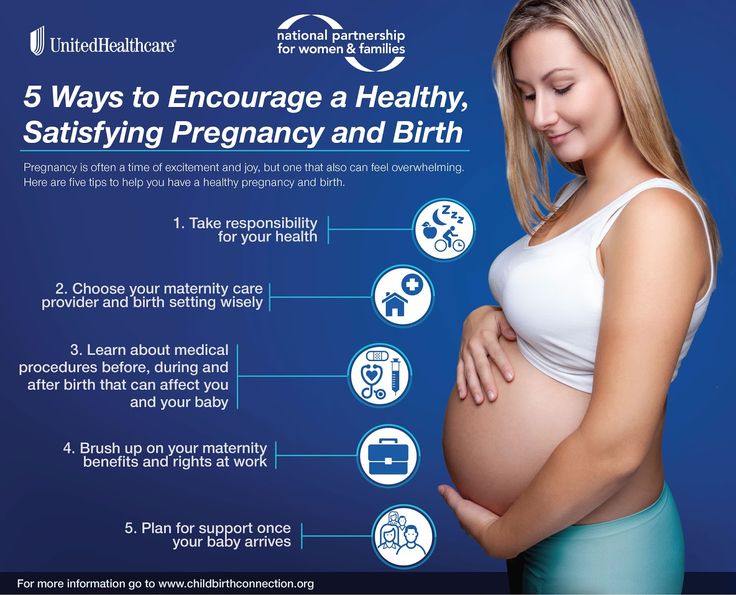 These changes are adaptive in nature, and, in most cases, are short-lived and completely disappear after childbirth. Consider the changes in the basic systems of the vital activity of a woman's body during pregnancy.
These changes are adaptive in nature, and, in most cases, are short-lived and completely disappear after childbirth. Consider the changes in the basic systems of the vital activity of a woman's body during pregnancy.
The respiratory system during pregnancy works hard. The respiratory rate increases. This is due to an increase in the need of the mother and fetus for oxygen, as well as in the limitation of the respiratory movements of the diaphragm due to an increase in the size of the uterus, which occupies a significant space of the abdominal cavity.
The mother's circulatory system during pregnancy has to pump more blood to ensure an adequate supply of nutrients and oxygen to the fetus. In this regard, during pregnancy, the thickness and strength of the heart muscles increase, the pulse and the amount of blood pumped by the heart in one minute increase. In addition, the volume of circulating blood increases. In some cases, blood pressure increases.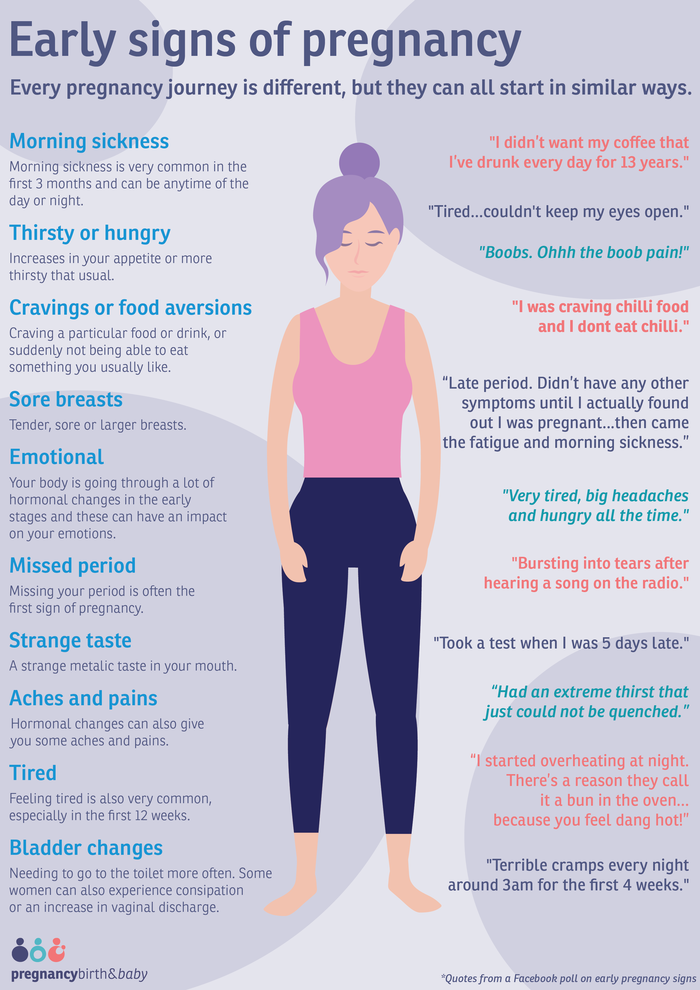 The tone of blood vessels during pregnancy decreases, which creates favorable conditions for increased supply of tissues with nutrients and oxygen. During pregnancy, the network of vessels of the uterus, vagina, and mammary glands decreases sharply. On the external genitalia, in the vagina, lower extremities, there is often an expansion of the veins, sometimes the formation of varicose veins. Heart rate decreases in the second half of pregnancy. It is generally accepted that the rise in blood pressure over 120-130 and a decrease to 100 mm Hg. signal the occurrence of pregnancy complications. But it is important to have data on the initial level of blood pressure.
The tone of blood vessels during pregnancy decreases, which creates favorable conditions for increased supply of tissues with nutrients and oxygen. During pregnancy, the network of vessels of the uterus, vagina, and mammary glands decreases sharply. On the external genitalia, in the vagina, lower extremities, there is often an expansion of the veins, sometimes the formation of varicose veins. Heart rate decreases in the second half of pregnancy. It is generally accepted that the rise in blood pressure over 120-130 and a decrease to 100 mm Hg. signal the occurrence of pregnancy complications. But it is important to have data on the initial level of blood pressure.
And changes in the blood system. During pregnancy, blood formation increases, the number of red blood cells, hemoglobin, plasma and bcc increases. BCC by the end of pregnancy increases by 30-40%, and erythrocytes by 15-20%. Many healthy pregnant women have a slight leukocytosis. ESR during pregnancy increases to 30-40.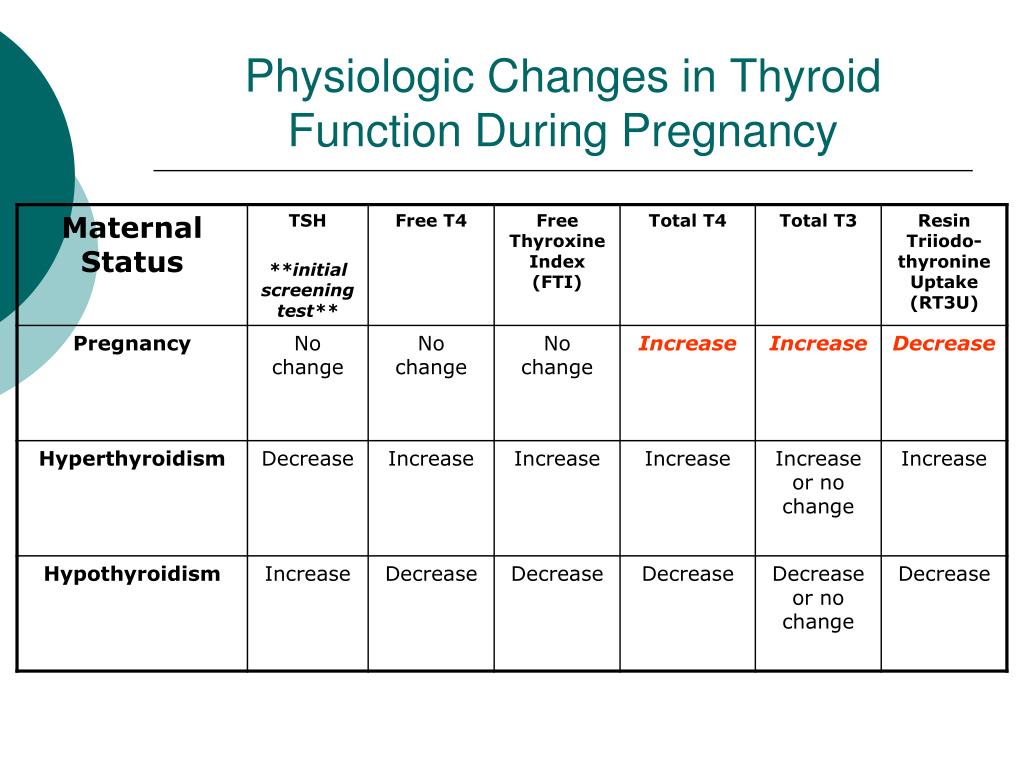 Changes occur in the coagulation system that contribute to hemostasis and prevent significant blood loss during childbirth or placental abruption and in the early postpartum period.
Changes occur in the coagulation system that contribute to hemostasis and prevent significant blood loss during childbirth or placental abruption and in the early postpartum period.
Kidneys work hard during pregnancy. They secrete decay products of substances from the body of the mother and fetus (the waste products of the fetus pass through the placenta into the mother's blood).
Changes in the digestive system are represented by increased appetite (in most cases), cravings for salty and sour foods. In some cases, there is an aversion to certain foods or dishes that were well tolerated before the onset of pregnancy. Due to the increased tone of the vagus nerve, constipation may occur.
The most significant changes, however, occur in the genitals of pregnant women. These changes prepare the woman's reproductive system for childbirth and breastfeeding.
The uterus of a pregnant woman increases significantly in size.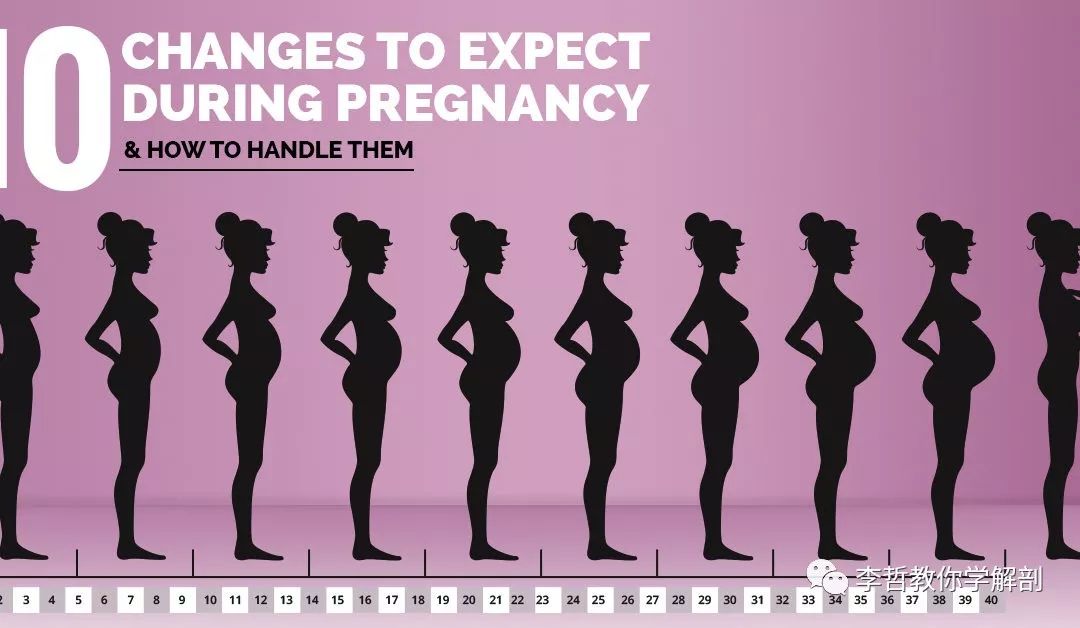 Its mass increases from 50 g - at the beginning of pregnancy to 1200 g - at the end of pregnancy. The volume of the uterine cavity by the end of pregnancy increases by more than 500 times! The blood supply to the uterus is greatly increased. In the walls of the uterus, the number of muscle fibers increases. The cervix is filled with thick mucus that clogs the cavity of the cervical canal. The fallopian tubes and ovaries also increase in size. In one of the ovaries, there is a "corpus luteum of pregnancy" - a place for the synthesis of hormones that support pregnancy. Walls vaginas will loosen and become more elastic. External genitalia (labia minor and major), also increase in size and become more elastic. The tissues of the perineum are loosened. In addition, there is an increase in mobility in the joints of the pelvis and a divergence of the pubic bones. The changes in the genital tract described above are of extremely important physiological significance for childbirth.
Its mass increases from 50 g - at the beginning of pregnancy to 1200 g - at the end of pregnancy. The volume of the uterine cavity by the end of pregnancy increases by more than 500 times! The blood supply to the uterus is greatly increased. In the walls of the uterus, the number of muscle fibers increases. The cervix is filled with thick mucus that clogs the cavity of the cervical canal. The fallopian tubes and ovaries also increase in size. In one of the ovaries, there is a "corpus luteum of pregnancy" - a place for the synthesis of hormones that support pregnancy. Walls vaginas will loosen and become more elastic. External genitalia (labia minor and major), also increase in size and become more elastic. The tissues of the perineum are loosened. In addition, there is an increase in mobility in the joints of the pelvis and a divergence of the pubic bones. The changes in the genital tract described above are of extremely important physiological significance for childbirth.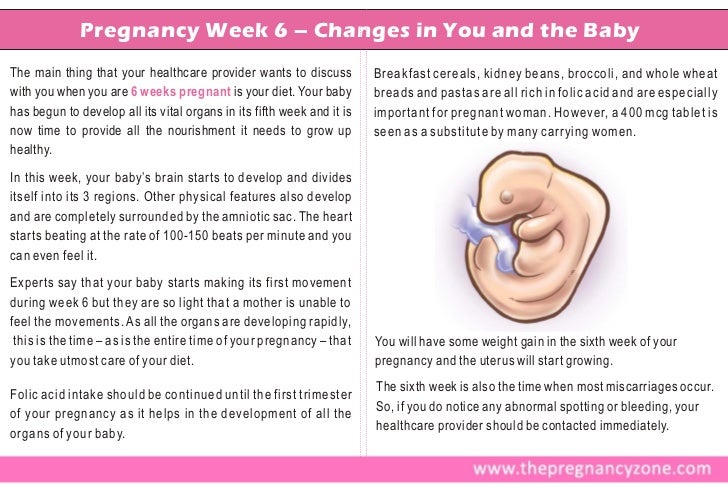 Loosening the walls, increasing the mobility and elasticity of the genital tract increases their throughput and facilitates the movement of the fetus through them during childbirth.
Loosening the walls, increasing the mobility and elasticity of the genital tract increases their throughput and facilitates the movement of the fetus through them during childbirth.
Skin in the genital area and in the midline of the abdomen usually becomes darker in color. Sometimes "stretch marks" form on the skin of the lateral parts of the abdomen, which turn into whitish stripes after childbirth.
Mammary glands increase in size, become more elastic, tense. When pressing on the nipple, colostrum (first milk) is released.
Changes in the bone skeleton and muscular system . An increase in the concentration of the hormones relaxin and progesterone in the blood contributes to the leaching of calcium from the skeletal system. This helps to reduce the rigidity of the joints between the bones of the pelvis and increase the elasticity of the pelvic ring. Increasing the elasticity of the pelvis is of great importance in increasing the diameter of the internal bone ring in the first stage of labor and further reducing the resistance of the birth tract to fetal movement in the second stage of labor.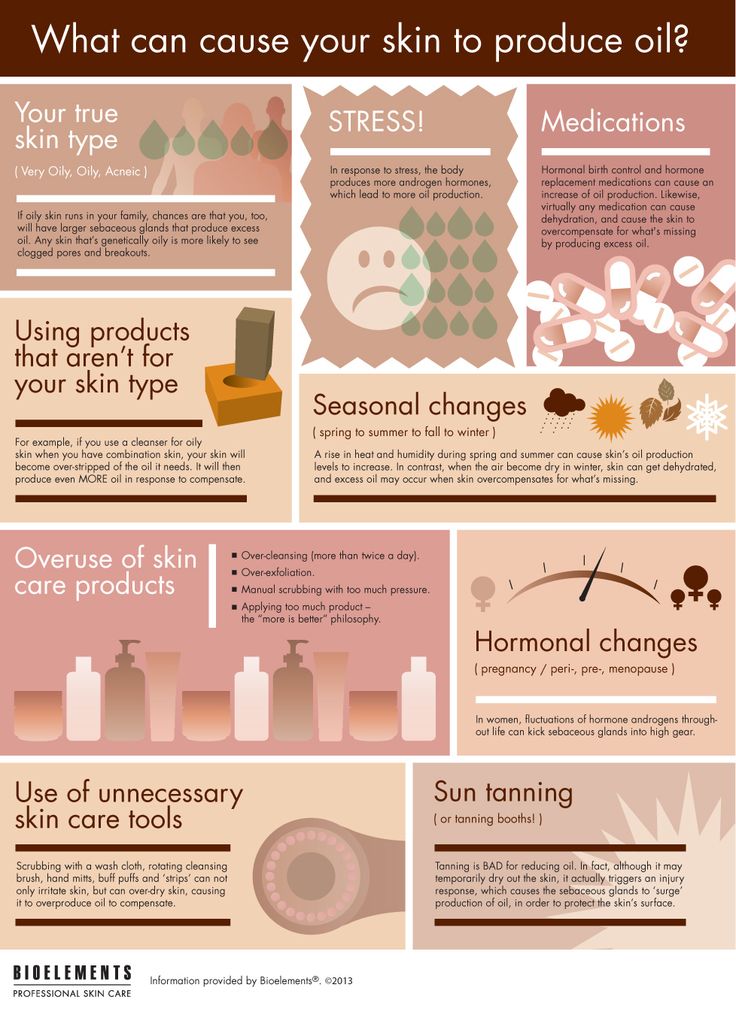 Also, calcium, washed out of the mother's skeletal system, is used to build the skeleton of the fetus.
Also, calcium, washed out of the mother's skeletal system, is used to build the skeleton of the fetus.
It should be noted that calcium compounds are washed out of all bones of the maternal skeleton (including the bones of the foot and spine). As shown earlier, a woman's weight increases during pregnancy by 10 -12 kg. This additional load against the background of a decrease in bone stiffness can cause foot deformity and the development of flat feet. A shift in the center of gravity of the body of a pregnant woman due to an increase in the weight of the uterus can lead to a change in the curvature of the spine and the appearance of pain in the back and pelvic bones. Therefore, for the prevention of flat feet, pregnant women are advised to wear comfortable shoes with low heels. It is advisable to use insoles that support the arch of the foot. For the prevention of back pain, special physical exercises are recommended that can unload the spine and sacrum, as well as wearing a comfortable bandage. Despite an increase in calcium loss by the bones of the skeleton of a pregnant woman and an increase in their elasticity, structure and bone density (as is the case with osteoporosis in older women).
Despite an increase in calcium loss by the bones of the skeleton of a pregnant woman and an increase in their elasticity, structure and bone density (as is the case with osteoporosis in older women).
Changes in the nervous system . In the first months of pregnancy and at the end of it, there is a decrease in the excitability of the cerebral cortex, which reaches its greatest degree by the time of the onset of childbirth. By the same period, the excitability of the receptors of the pregnant uterus increases. At the beginning of pregnancy, there is an increase in the tone of the vagus nerve, in connection with which various phenomena often occur: changes in taste and smell, nausea, increased salivation, etc.
Active endocrine glands there are significant changes that contribute to the proper course of pregnancy and childbirth. Changes in body weight. By the end of pregnancy, a woman's weight increases by about 10-12 kg. This value is distributed as follows: fetus, placenta, membranes and amniotic fluid - approximately 4.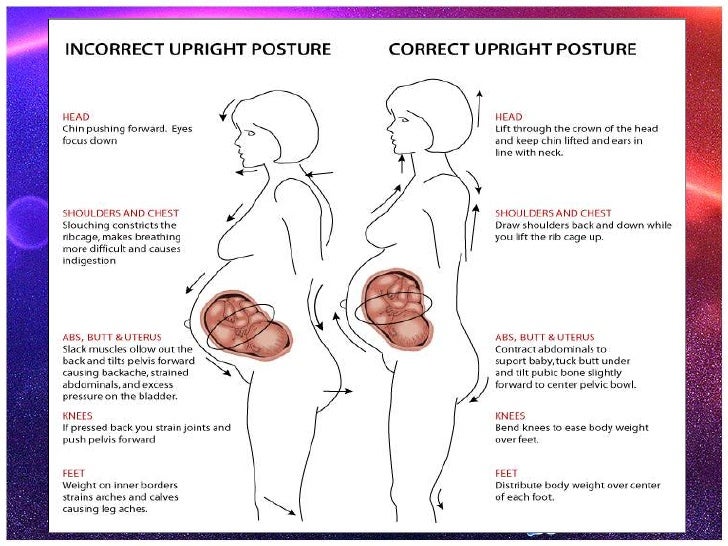 0 - 4.5 kg, uterus and mammary glands -1.0 kg, blood - 1.5 kg, intercellular (tissue) fluid - 1 kg , an increase in the mass of adipose tissue of the mother's body - 4 kg.
0 - 4.5 kg, uterus and mammary glands -1.0 kg, blood - 1.5 kg, intercellular (tissue) fluid - 1 kg , an increase in the mass of adipose tissue of the mother's body - 4 kg.
Physiological changes in a woman's body during pregnancy
A woman's pregnancy lasts an average of 280 days. Starting from the very first days, a woman's body is completely rebuilt in order to prepare for childbirth and the birth of a new person into the world. There is not a single tissue and not a single organ that would not take part in this process of transformation. Each system of the body adapts to a new state according to its own scheme.
1) The hormonal system comes into action first. Chorionic gonadotropin, or pregnancy hormone, informs the whole body about the new condition already on the 6-8th day. The number of female hormones that previously regulated the menstrual cycle is reduced. The content of prostaglandin, a hormone that preserves pregnancy, increases. Of course, these changes affect behavior and character.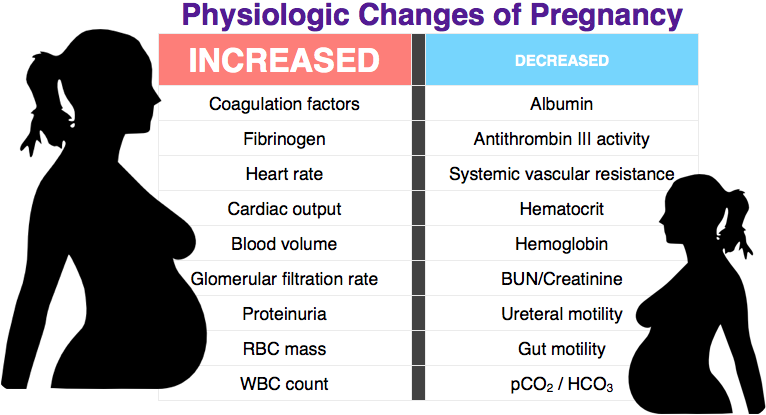 Tearfulness and impressionability of pregnant women, whims, mood swings - all these are consequences of hormonal changes.
Tearfulness and impressionability of pregnant women, whims, mood swings - all these are consequences of hormonal changes.
2) Since hormones are produced in the endocrine glands, the glands themselves also change. The pituitary gland, adrenal glands, ovaries are reorganized into a new mode of operation. The substances they secrete now contribute to the growth of the uterus and mammary glands.
3) The nervous system reacts to changes in hormones and also adapts. It is changes in the nervous system that cause nausea and vomiting in the first half of pregnancy. During this period, the processes of excitation prevail over the processes of inhibition. But in the second half of pregnancy, the processes of inhibition gradually take over - this is associated with drowsiness and a weakening of the cognitive functions of the pregnant woman. The body makes this sacrifice to smooth out the shock of labor activity.
4) Changes in the cardiovascular system are associated with the fact that a pregnant woman has a third circle of blood circulation - uteroplacental, through which the fetus is supplied with maternal blood.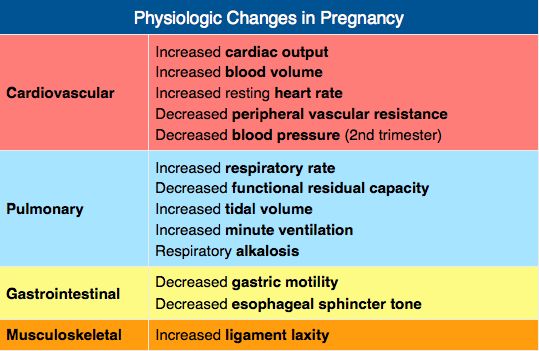 Increases body weight and volume of circulating blood - from 4000 to 5200 ml on average; metabolism is enhanced. This increases cardiac output, that is, the amount of blood the heart ejects during contraction. In a healthy woman, the heart quickly adapts to additional loads, but in some cases complications are possible.
Increases body weight and volume of circulating blood - from 4000 to 5200 ml on average; metabolism is enhanced. This increases cardiac output, that is, the amount of blood the heart ejects during contraction. In a healthy woman, the heart quickly adapts to additional loads, but in some cases complications are possible.
5) An increased load falls on the digestive system. First, the secretion of gastric juice is inhibited, which slows down the digestion process. Secondly, the blood supply to the digestive system does not increase - blood is needed for the baby. Therefore, intestinal motility weakens, because of this, pregnant women often complain of constipation. In addition, the fetus presses on the stomach, due to which part of the food mass can return to the esophagus and cause heartburn. Therefore, pregnant women in the last weeks are recommended fractional meals - frequent meals in small portions.
6) The lungs and other organs of the respiratory system also adapt to increased stress.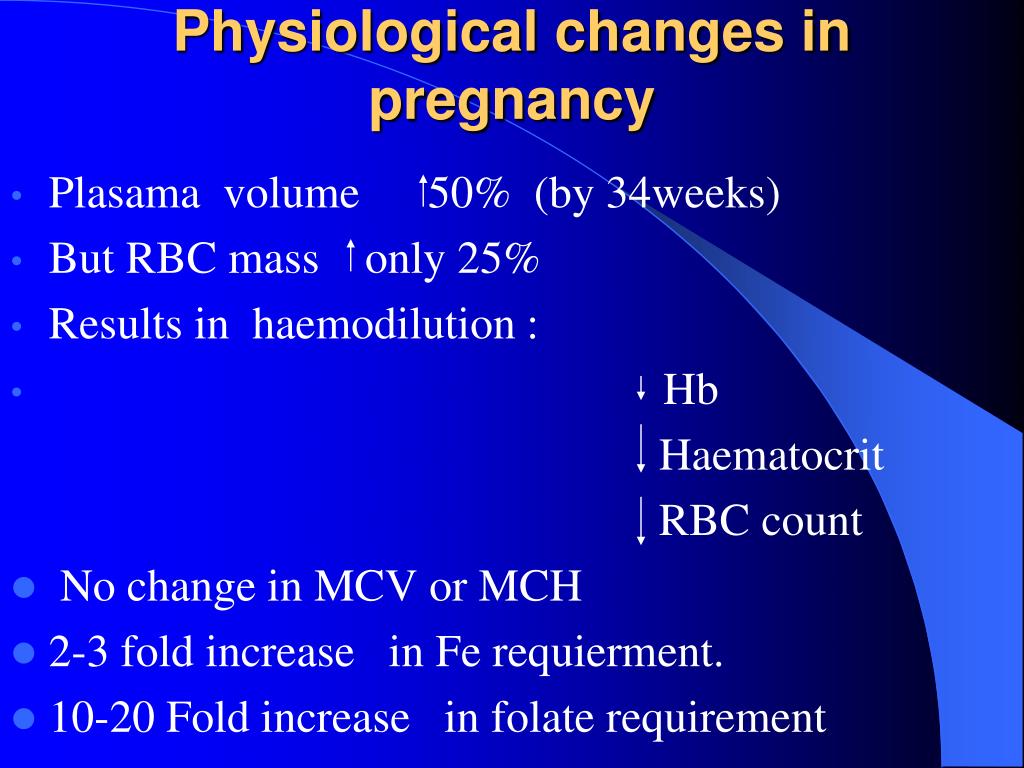 More oxygen is required, but at the same time, the growing belly props up the chest and presses on the diaphragm. The lungs expand in width, the respiratory rate quickens.
More oxygen is required, but at the same time, the growing belly props up the chest and presses on the diaphragm. The lungs expand in width, the respiratory rate quickens.
7) The excretory system also works for two, removing toxins from the blood produced by two organisms, mother and child. Therefore, the daily volume of urine may increase. In this case, the bladder is in hypotonia due to the hormone prostaglandin.
8) Musculoskeletal system. Major changes in the spine occur under the weight of the growing belly. The lumbar lordosis becomes deeper, and the woman may suffer from back pain from the unaccustomed bending. Shortly before childbirth, hormones begin to be released in the body that help soften the joints. This is necessary so that the baby's head passes through the mother's pelvis without injury. Because of these hormones, the joints of the limbs can also become slightly loose, and then the woman develops a characteristic duck gait.
9) Metabolism.